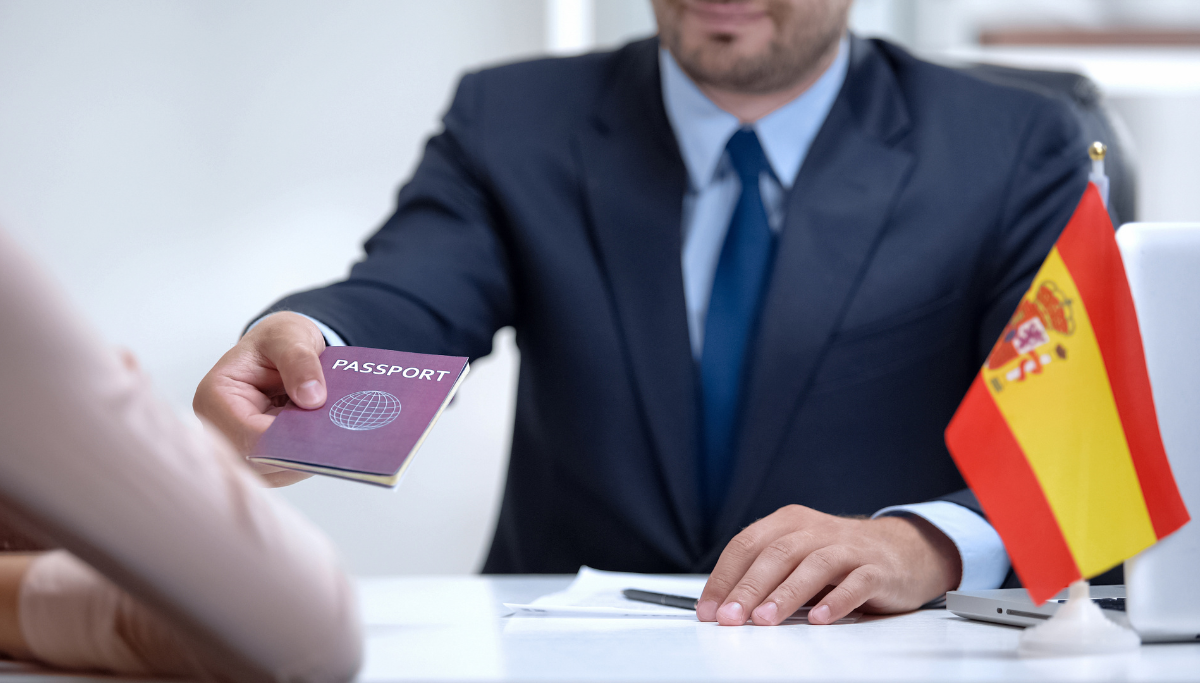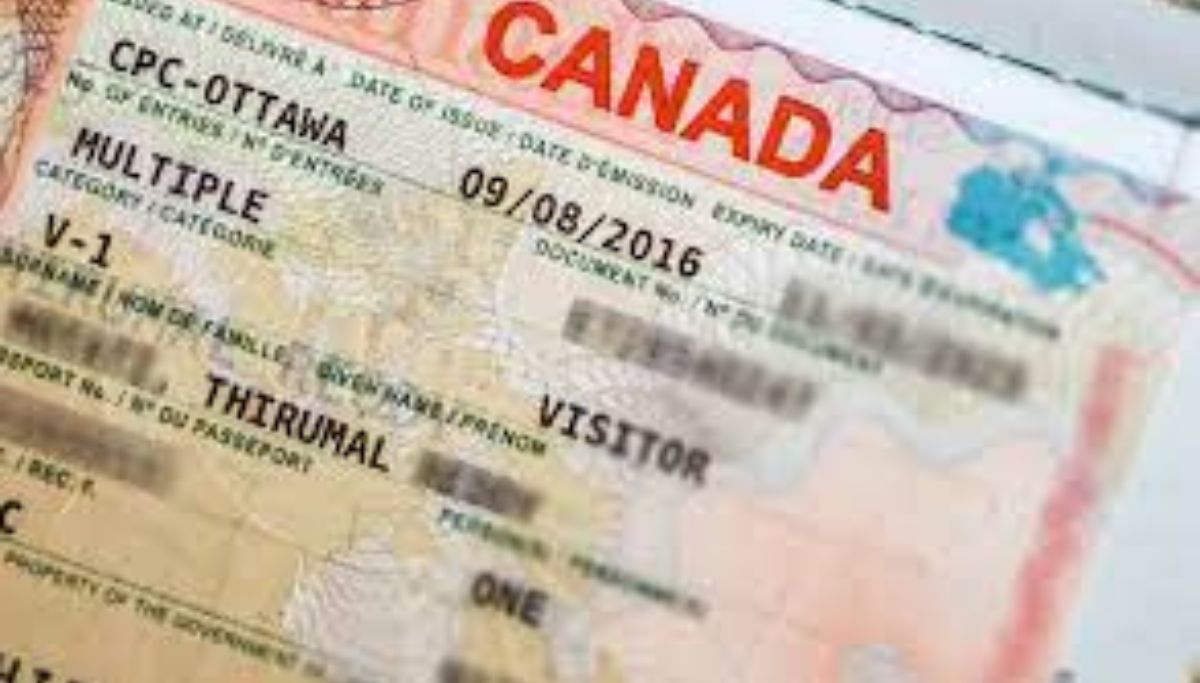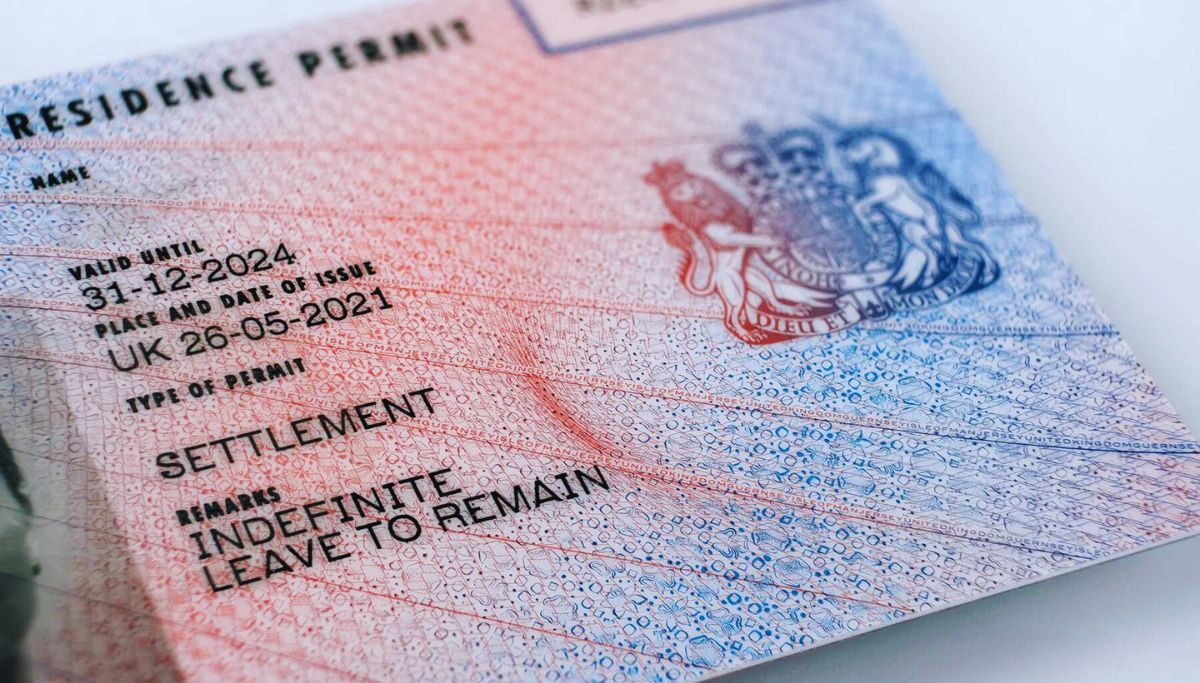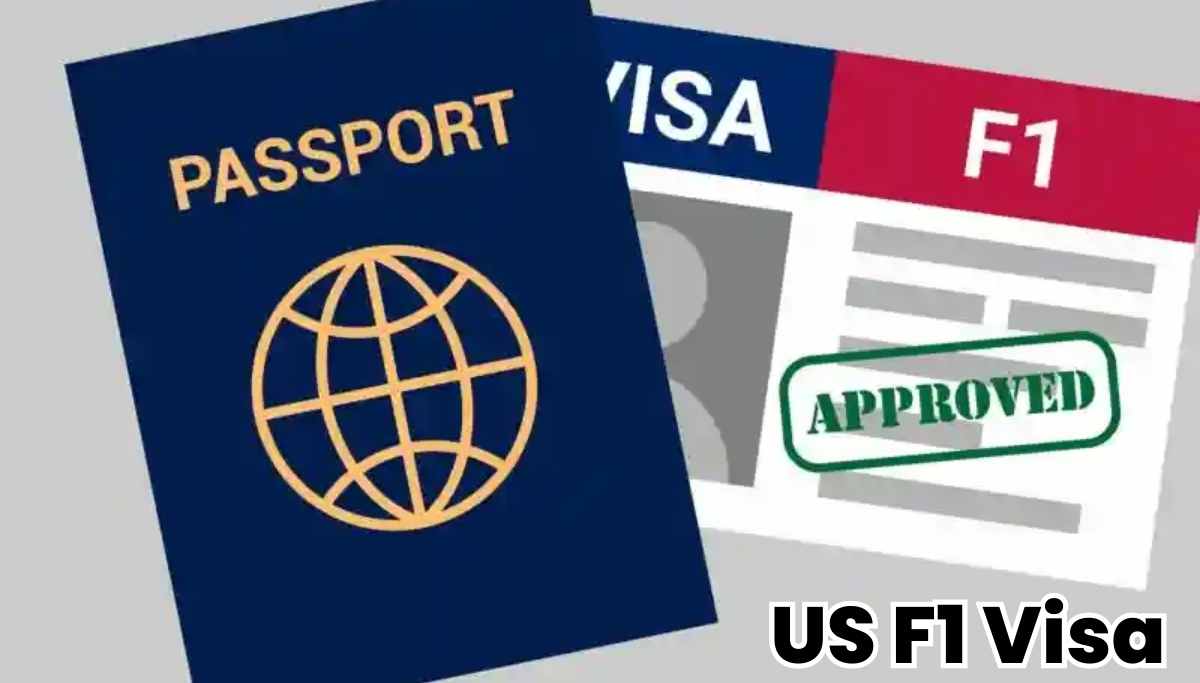Table of Contents
There are various forms of student visas issued by the U.S. government. But what is an M1 student visa? M1 visas are one of them, with J and F student visas being the others. The “M” visa is only for nonacademic or vocational studies. Over the course of their studies, M-1 visa holders for technical and vocational programmes are not required to work. Applicants for an M1 visa must provide proof that adequate funding is immediately available to cover both tuition and living expenses for the entire duration of stay envisaged.
What is an M1 Student Visa?
An M1 visa is a form of USCIS non-immigrant visa for international students looking to study in the U.S., but not every student receives the visa. It is intended primarily for those in the United States who wish to pursue vocational studies. Students may visit the U.S. with an M1 visa and complete their full-time vocational studies. As per the M1 visa requirements, students will either get an associate or a higher-level degree after completion or go back to their home country.
What Can I Do In The USA With The Visa?
Students on an M1 visa are permitted to complete their full-time vocational studies and receive an associate or other kind of degree. In some cases, they can obtain a driver’s licence, open a bank account, switch schools within the first six months of their programme, have access to healthcare, and work as per the M1 visa work permits. M1 students are not, however, authorised to do the following:
- Full-time off-campus job.
- Complete their part-time student programmes.
- Within six months of starting their programme, they change their programme or move to another institution.
- To get their Bachelor’s degree or other type of degree, continue higher education in the U.S.
The disparities between F-1 and M1 visas are also considerable. The difference between F1 and M1 student visa is that F-1 visas allow students to enroll in education, such as a Bachelor’s or a Master’s Degree, in academic and degree bearing education. They also grant students the right to move to any school at any time, as well as to operate outside the campus for practical training. It is also possible for students with an F-1 visa to enroll in language courses, while M1 Student Visa can’t permit that.
Are You Eligible?
Not everybody will apply to get a vocational degree and be eligible for the M1 visa. These requirements need to be fulfilled in order to be eligible to apply for an M1 visa and to qualify for it. M1 Visa Requirements are:
- M1 students ought to be accepted at a SEVP institution
A list of vocational and non-degree-bearing institutions where M1 students are admitted is given by the Student Exchange Visitor Program (SEVP). You need to apply and get admitted to one of these institutions to be able to apply for the M1 visa. You may have a list of preferred schools you would like to go to, but make sure they qualify to make you eligible for the M1 visa before you apply. The school will register you with the Student and Exchange Visitor Information System (SEVIS) after you are admitted and send you a Form I-20, Nonimmigrant Student Status Eligibility Certificate.
- Have high proficiency in English
Students should have a great understanding of the language. Their level of English should be high enough to allow them to comprehend and speak as educational institutions need. They should understand lectures and be able to address concepts in classes. By taking a standardised English proficiency test like the TOEFL or the IELTS, English proficiency can be confirmed. The average M1 visa processing time could range from four to six weeks so students should ensure that they apply for these standardized tests beforehand itself.
- Prove close links to your country of origin
You are expected to go back to your home country after you finish your education with the M1 visa. That is why, through property deeds, apartment rental, a foreign address, and family relations, you can prove strong links. If you don’t send enough documentation, your visa could be refused by the U.S. Embassy due to the assumption that you intend to remain indefinitely in the U.S.
- Be able to fund your education and live in the United States
You can show that you can cover your expenses when studying and living in the United States in order to get the M1 Student Visa. An estimation of the expenditures for one year is included in your I-20 form, so you can apply financial documentation showing you have that amount readily available. Your financial position could be even better if your dependents are also joining you in the U.S., showing that you can also fund their stay in the region.
You are not expected to mention evidence of health insurance to the consular officers to receive an M1 visa. However, you are strongly encouraged to have yourself protected before taking the trip due to the high healthcare costs in the United States.
A broken leg or broken arm, for example, will cost you $2,500, although it could cost more than $10,000 on average to stay in a US hospital for one night.
Read More About Students loan in Ireland
How To Request A Student Visa?
The process of applying for an M1 visa begins with the university or institution at which one plans to study. Different institutions will have their own procedures and methods of entry. The M1 visa processing time depends upon the steps followed by the respective organizations, but the most common steps involved are here.
Step 1: Get I-20 Form Issued
One must first apply to a U.S.-based higher education institution and be admitted before applying for any form of a student visa, whether it is J, F, or M. The SEVP or the Student Exchange and Visitor Program should be affiliated with the university. It is necessary to obtain from the designated school official or DSO, Form I-20, Certificate of Eligibility for Nonimmigrant Student Status. For most of the steps that follow, this form will be used.
Step 2: Submit Form DS-160
Once Form I-20 has been issued, the immigration-related application process will commence. Form DS-160, the Online Immigrant Visa Application Form, must be submitted online so that it can be accessed. Various things, including personal information, background information, and inspiration for studying in the U.S., are included in the questionnaire. It may also be appropriate to submit a copy of Form I-20.
Step 3: Charge the premium for visa requests
The application fee for the M1 visa currently stands at $160. Please note that this number, even if the visa is denied, is non-refundable. There may be other small costs, such as visa issuance or reciprocity fees, that may be required to pay, depending on the embassy one applies to.
Step 4: Register for the I-901 SEVIS Fee
Both foreign students are expected to register with SEVIS, which has a $200 charge and is payable separately from the M1 visa. For every payment made, it shall provide separate receipts.
Step 5: Interview Scheduling
In the next step, a face-to-face interview with the U.S. consulate will take place. This is going to be arranged at the embassy. The student who has to be taken to the interview will be sent an interview appointment letter.
Step 6: Compile all file document
Certain documents are required to be presented at the interview for proof. The documents must for the M1 student visa interview are:
- A passport with a minimum validity of six months
- Confirmation DS-160
- Letter for Visa appointment
- 4-5 latest images
- Receipts for Fee
- Proof of work experience to be eligible for the M 1 visa work permits
- Educational credentials
- Financial stability proof (bank records, real estate holdings, tax information, scholarship amount, etc.)
Know More about Prodigy Finance Education Loan
Step 7: Taking part in the interview
Lastly, on the appropriate date, visit the embassy and attend the interview. When a student brings someone with him to the embassy, he is required to prove his connection to that person.
M1 Processing Period for Visa
There are no cap limits for M1 visas, meaning no waiting time. The processing time is, therefore, very short. Within four to six weeks of applying, one will be getting their M1 visa.
FAQs
1. What is M1 category visa?
People who want to travel abroad for professional or non-academic education are given the M1 visa. Vocational and technical programme participants with an M1 visa are not permitted to work while enrolled in their educational programme.
2. What is the difference between F-1 and M1 visa?
The primary reason for coming to the United States for F-1 and M-1 students is to successfully finish a course of study approved by the Student and Exchange Visitor Program (SEVP). While M-1 students participate in vocational programmes, F-1 students enrol in more conventional academic programmes.
3. How much does M1 visa cost?
The M1 visa requires an application fee of $160 which is non-refundable. Depending on the Embassy where you are applying, there can be other expenses in addition to this one. Additionally, if you are from a particular nation, the US Embassy may charge you a reciprocity or visa issue cost. Remember to keep the receipts that attest to your full payment of all fees on your visa for proof.
4. How long does an M1 visa take?
There are no maximum restrictions for M1 visas, hence there is no waiting period. As a result, the processing time is very brief and after applying you will receive your M1 visa in four to six weeks.










0 Comments